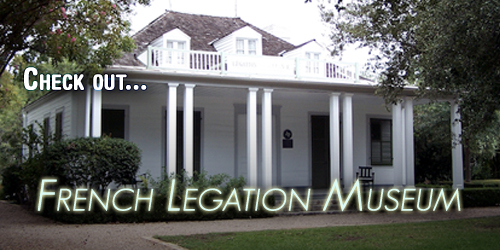Politics and Civic Engagement in African American communities across the nation share a common thread, whether those communities are north, south, east or west. The quest for freedom, full citizenship, and equal human and civil rights largely define the historical political narrative of Black Folks in America. In East Austin, as in most all African American communities, political history is largely a story that chronicles the journey from slavery, to community building, through Jim Crow and the Black Codes, amassing internal political strength, and ultimately projecting that internal strength outwardly to propel Civil Rights Movements at various points in history.
This section of the website will address the story of how the Black East Austin community and key individuals have, overtime, tackled these challenges. The goal is to track how East Austin moves from building internal political strength and nurturing representative leadership, to ultimately effect change within the community and upon the City of Austin as a whole.

What: #iV: Interactive Voting
Where Kenny Dorham's Backyard East 11th Street, Austin Texas 78702
When: Sunday, April 20th Noon-Midnight
Featuring: Local Speakers Vendors Artists Raffle Benefiting Horse Boy
Date:
Sun, 2014-04-20 12:00 - Mon, 2014-04-21 00:00
Politics and Civic Engagement in African American communities across the nation share a common thread, whether those communities are north, south, east or west. The quest for freedom, full citizenship, and equal human and civil rights largely define the historical political narrative of Black Folks in America.
Location
Haynes - Delashwah House1209 Rosewood Avenue
Austin,
TX,
78702
The attached document contains the cover page and page 57 of the document A City Plan for Austin, Texas created by Koch and Fowler consulting engineers in 1928
The original document is located at Edie and Lew Wasserman Public Affairs Library at the Univeristy of Texas at Austin.
Library ID:
HT
168
a95
k623
1957
pub aff
cop.2
The attached file is in Adobe PDF format and requires Adobe Reader or a compatible application to read it.
During the early years of the 20th Century, African Americans occupied settlements in various parts of the city of Austin. By and large, these residential communities had churches at their core. Some had Black-run businesses and schools for African American youth. Though surrounded by Anglo neighborhoods, these island enclaves functioned as fairly autonomous residential neighborhoods often organized around family ties, common religious practices, and connection to pre-emancipation slave-status relationships with common slave holders/land owners.





Social Media